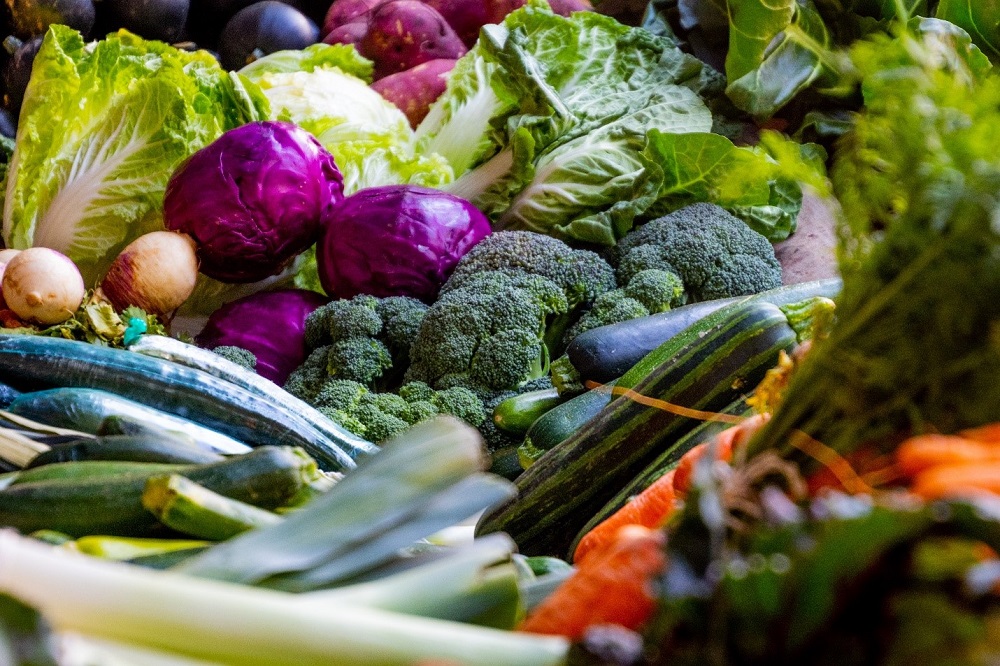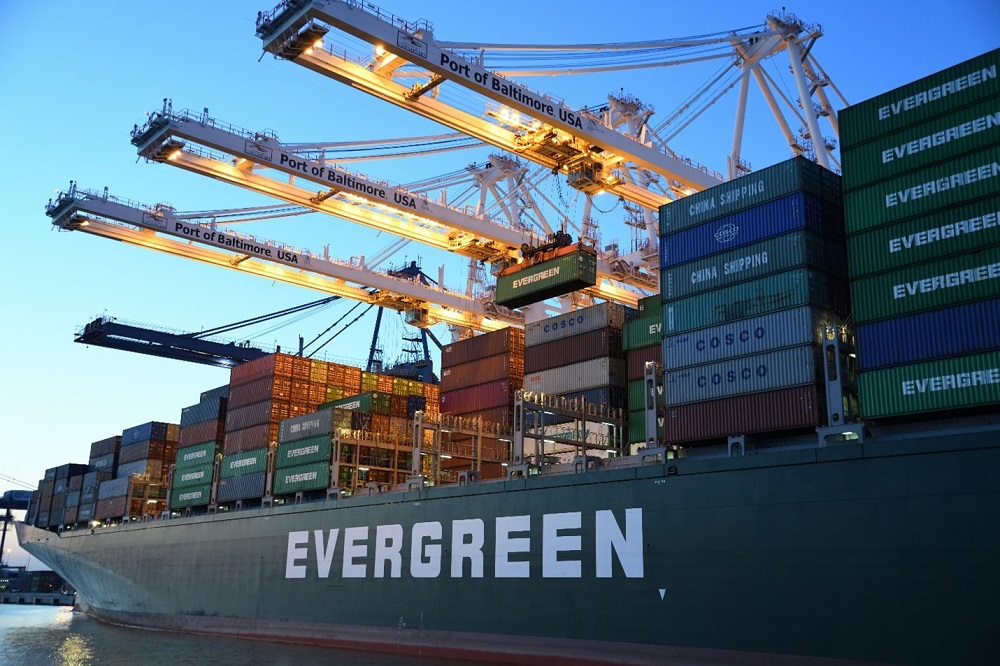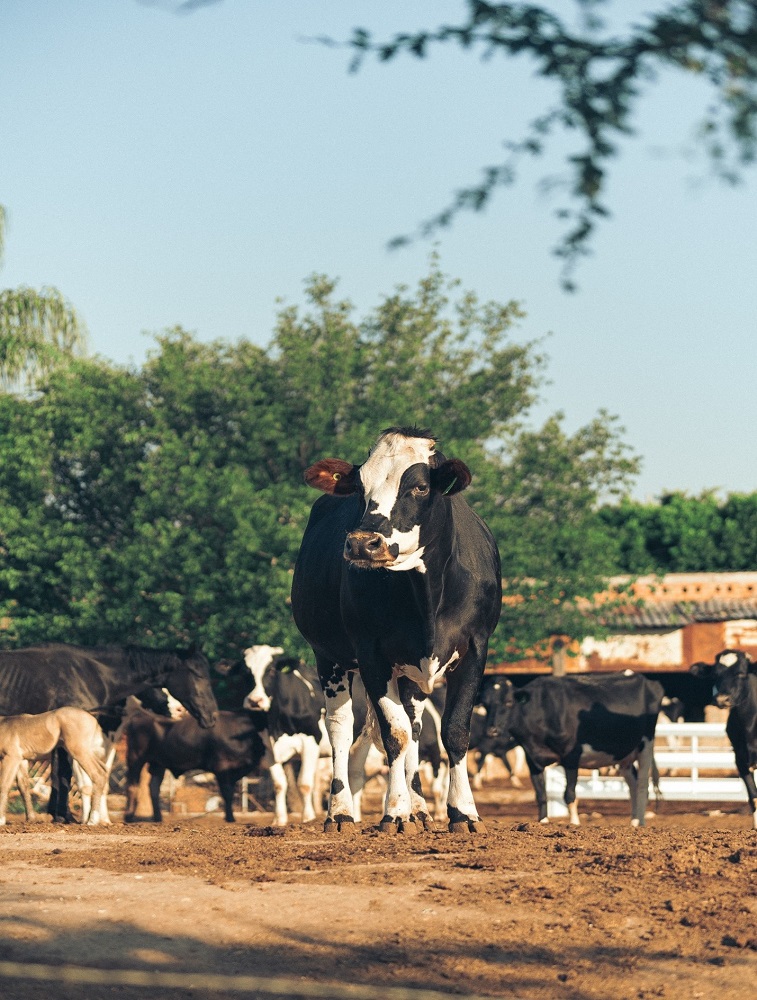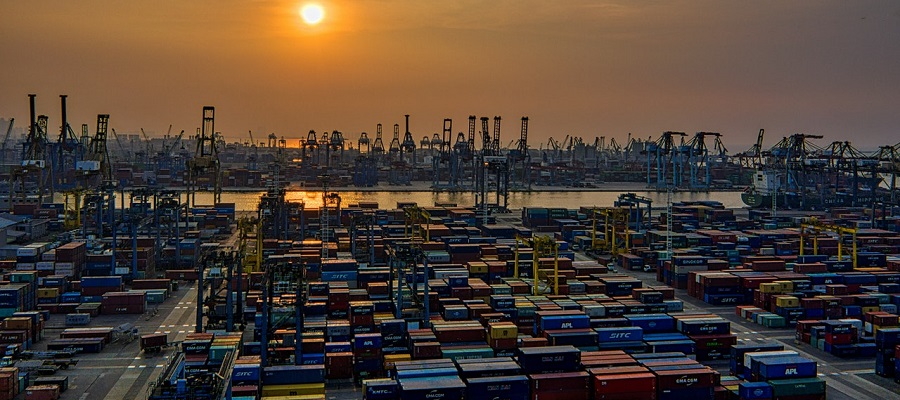The demand for high-quality agricultural commodities across the globe has been on the rise, this is a result of global population growth, change in consumer preferences and taste, seasonality in the production of agricultural commodities, and the rising income of most consumers across the world. At Foodporty, we will help you with the most reliable and secure platform to import agricultural commodities online to the united states of America.

American flag, crops and pile of dollars, Image source pexels.com
Today, we begin our article with a brief introduction to the high global demand for quality agricultural commodities and the reasons behind the same. We will also highlight the key main reasons why Foodporty is the best online platform to use when importing agricultural commodities to the United States of America. Additionally, we will discuss the United States of America agricultural sector and shed light on different agricultural commodities to import to the United States of America online. Finally, we will highlight some of the requirements that agricultural importers should comply with before importing to the U.S.A.
The United States of America
The United States of America (U.S.A.) also known as the United States (U.S.) is the hub of agricultural production, it is the home of St Luis, one of the richest agricultural producing regions in the world. It is located in North America, a federal republic of 50 states. The United States of America borders Canada and Mexico by land. On the East, it borders the Atlantic Ocean, and on the West, it borders the Pacific Ocean.

Person holding magnifying glass, Image source pexels.com
According to the Economic Complexity Index, the United States was ranked the number one economy in the world in terms of GDP in the year 2019. The report further ranked the U.S.A. number one in total imports and number two in total export. The value of U.S. agricultural imports has been growing since the year 2015.
Top agricultural imports to the USA
• Fruits and vegetables.
• Coffee.
• Sugar
• Cocoa chocolate and confectionary
• Fresh and frozen fish.
• Distilled spirits
• Pork
• Swine and pork

Assorted vegetables, Image source pexels.com
Requirements
The U.S. government has set certain standards and regulations for all imported agricultural commodities. As a U.S. agricultural importer, you will be required to comply with the U.S. laws which strictly regulate the imports of all agricultural commodities.

Image source pexels.com
The U.S. import regulation has been put in place to ensure that the quality, safety, and conformity with the environmental standards have been met. The following are some of the requirements and guidelines of the imports set by the U.S. Customs and Border Protection (CBP)
Import license or permit
An import license is a very crucial document when importing agricultural commodities to the U.S. markets, though it’s not a mandatory requirement in certain agricultural commodities some agencies may require a license or permit. An import license is mostly used to authorize the importation of agricultural commodities, additionally, an import license specifies the volume of imports allowed.

Image source pexels.com
Port of entry
Before importing agricultural commodities to the United States, U.S. Customs and Border Protection (CBP) strongly advise all the importers of agricultural commodities to familiarize themselves with the CBP policies and procedures.
All importers must fill out entry forms within 15 calendar days of the date that the agricultural commodities arrive at the U.S. port of entry. Foodporty will provide you with more information you will need to know before importing agricultural commodities to U.S. markets. Furthermore, at Foodporty, we will help you to identify and locate the most convenient port of entry depending on your location.

Port Image source pexels.com
Packing of goods-commingling
To speed up the clearance of agricultural commodities through CBP, orderly packaging of goods and proper invoicing is strongly recommended. This will allow the CBP officers at the port of entry to examine, weigh, measure, and release the agricultural commodities promptly.
The U.S. Customs and Border Protection advises all importers to do the following in order to speed up the clearance;
• All goods should be invoiced in a systematic manner.
• Marking and numbering of all the packages for easy identification.
• The exact quantity of each item should be shown in each box, case, or any other packaging material.
Other requirements
All dairy products, cheese, and milk are subject to requirements of the Food and drug administration and the United State Department of Agriculture (USDA) these products require an import license and are subject to quotas.
Fruits, vegetables, and nuts. The USDA has set minimum requirements for all imported fruits, vegetables, and nuts. These requirements relate to grade, size, quality, and maturity. Before importing make sure the goods meet all the requirements. The U.S. Department of Agriculture may sometimes restrict or prohibit the importation of certain endangered species.
Livestock and Animals importation must meet the inspection and quarantine requirements set by the Animal and Plant Health Inspection Service (APHIS). A veterinary certificate must accompany all animals’ imports. It is worth noting that the importation of livestock and animals to the U.S. must use specifically designated ports that have special facilities to allow quarantine of the animals.

Herd of cattle, Image source pexels.com
Conclusion
In sum, the United State of America is the best target marketplace to import agricultural commodities, it has more than 333 million people whose appetite and demand for high quality, fresh, and healthy agricultural commodities are ever rising.
Over the past decade, the agricultural sector in the United States has been improving, new developments and innovations are being launched every day, farm automation and the use of robots to improve productivity has been on the rise, the country has also witnessed the use of artificial intelligence and modern farming tools to accelerate the productivity of agricultural commodities so as to meet the high demand for food products.

Image source pexels.com
Despite all these developments, the agricultural sector in the United States still faces a lot of modern problems, from the droughts, rising cost of production, labor shortages, logistics and distribution problems, and changes in consumer preferences. To meet the ever-rising demand for agricultural commodities, importation is inevitable, that’s why we at Foodporty provide you with the most reliable online platform to source and sell agricultural products to the United States of America online.
REFERENCES
- Buzby, J. C., Unnevehr, L. J., & Roberts, D. (2008). Food safety and imports: an analysis of FDA food-related import refusal reports (No. 1476-2016-121050).
- Customs, U. S., & Protection, B. (2013). Importing into the United States: a guide for commercial importers. Lulu Com.
- Feenstra, R. C., Romalis, J., & Schott, P. K. (2002). US imports, exports, and tariff data, 1989-2001.
- Golan, E., Kuchler, F., & Mitchell, L. (2000). Economic research service, us department of agriculture. Agriculture Economic Report, (793).


